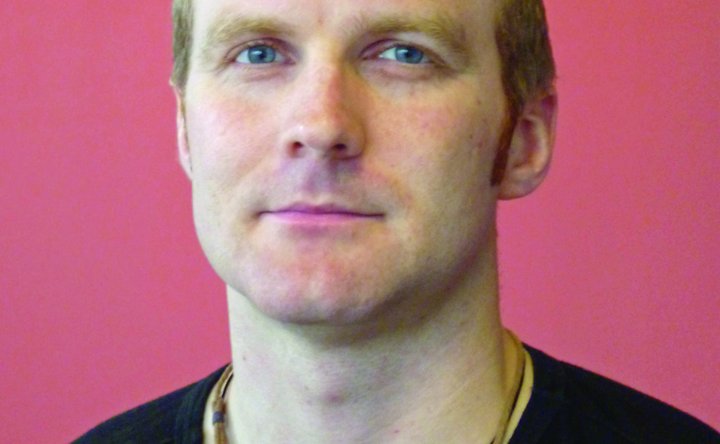European land sector ‘fragmented’ says EDA report
A European Defence Agency (EDA) study into the European land industrial sector found it to be ‘more fragmented’ and ‘less consolidated’ than the air and naval sectors.
In order to strengthen the industrial base of the continent the EDA has recommended seven programme areas for future land systems investment: unmanned systems; soldier systems; missiles; munitions; and EU battle group interoperability standards (including methods of simulation training, encryption, protocols and open architectures).
The EDA’s Future Land Systems study took 12 months and found that although the total turnover of the land defence industry was €17 billion and directly employed 130,000 people,
Already have an account? Log in
Want to keep reading this article?
More from Land Warfare
-
![MyDefence delivers counter-drone system to US Army ahead of livefire exercise]()
MyDefence delivers counter-drone system to US Army ahead of livefire exercise
The Soldier-Kit system consists of detector, jammer, tablet and wideband antenna and is being evaluated as part of Project Flytrap 3.0 counter uncrewed aerial system (CUAS) exercise.
-
![Arquus and Milrem push their UGVs fitted with long-range missiles]()
Arquus and Milrem push their UGVs fitted with long-range missiles
Arquus displayed the Drailer uncrewed ground vehicle (UGV) integrating the Akeron LP long-range missile at the Techterre technology demonstrator event ahead of trials in September.
-
![Sweden turns to Nammo and Rheinmetall as world demand grows for 155mm shells]()
Sweden turns to Nammo and Rheinmetall as world demand grows for 155mm shells
Demand for ammunition continues to increase with manufacturing capability growing to match. Sweden have turned to the two supply lines of Rheinmetall and Nammo as part of a Nordic effort to meet demand. The Polish Government has also announced a US$700 million investment to boost manufacture of munitions.
-
![Contract moves new Abrams tank forward in the face of cuts]()
Contract moves new Abrams tank forward in the face of cuts
Several US Army vehicle programmes were axed by US Secretary of Defense Pete Hegseth’s plans to transform the US Army, as outlined in the Letter to the Force: Army Transformation Initiative document. However, the new generation Abrams M1E3 main battle tank (MBT) was singled out for survival. But what will it look like?























